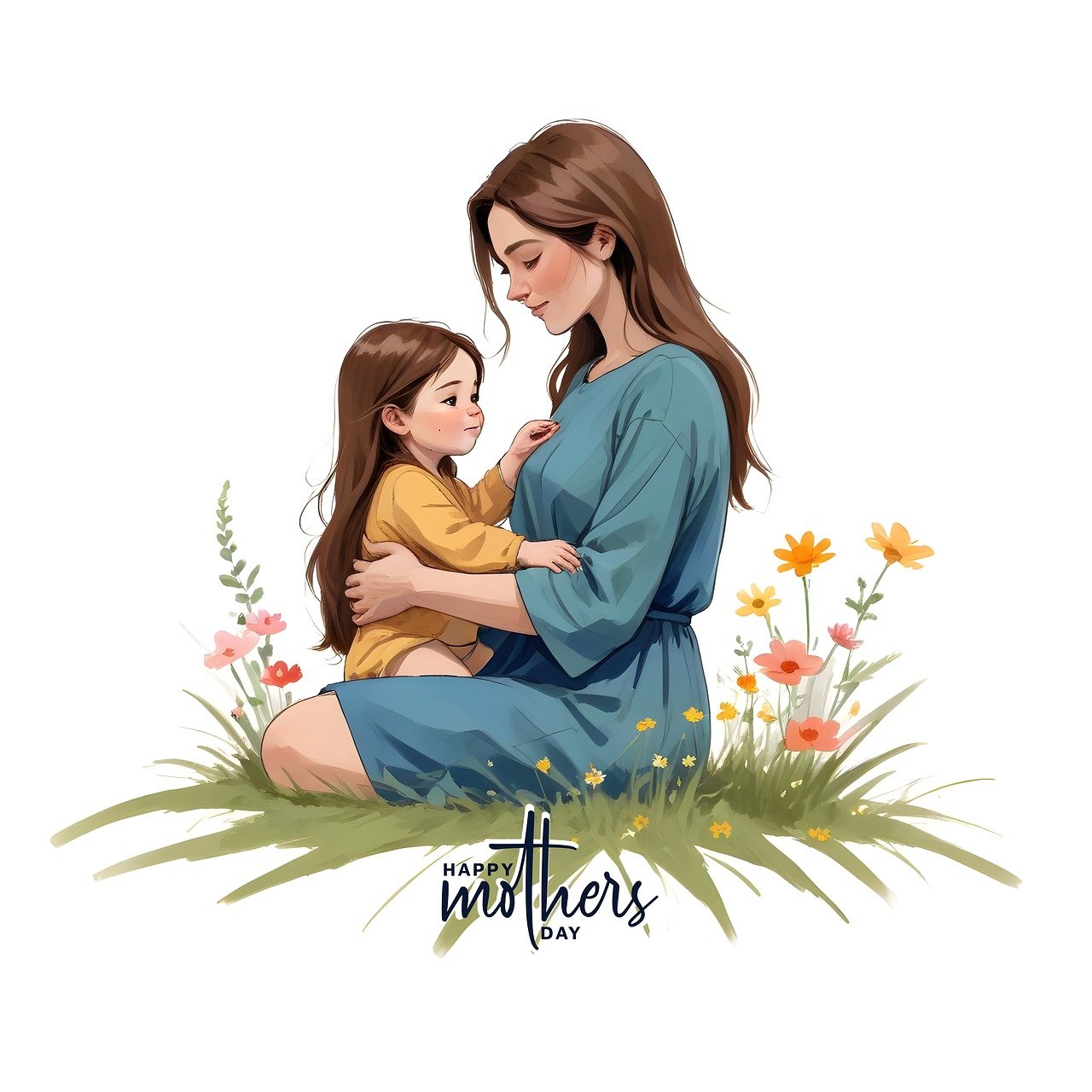
Beyond the Bindi: Decoding Saree Stories in Rabindranath Tagore's Novels
Literature is a wonderful place where you meet the most fierce characters. Let’s face it, Rabindranath Tagore’s novels are a treasure trove of Bengali culture and fierce progressive women. His heroines drape themselves not just in the six yards but in grace, elegance, and fineness. Women in Tagore’s literature are the deciders of social status and pilots behind changing tides of tradition. On the occasion of Rabindra Jayanti, grab a cup of chai and dive into the mesmerizing world of Bengal’s fashion as imagined and portrayed by the great Nobel Laureate
Sarees and Styles by Tagore’s Heroines
He created a world of progressive women. Powerful dialogues and the power of silence, both are abundantly sprinkled in his works. Let’s look at this rich world of flowing silks and hidden meanings.
The Power of Pallu by Bimala in Ghare Baire

Image Source: TOI
Bimala from Ghare Baire, is not an average bahu. The way she handles her pallu is like a secret language. Bimala, the quintessential Bengali housewife often drapes her saree in the Atpoure style - or the Bengali drape as we know it today - known for its comfort and modesty angle.
She uses the pallu to shield her face from the outside world after her marriage. With time and responsibilities of a new life her pallu reflects her newfound confidence. She walks in with her head held high in grace. Her pallu (end piece) is often brought over the shoulder and tucked into the blouse at the back. Her pallu story reflects her grounded and practical nature.
The Hint of Rebellion through Colours of Charulata in Nastanirh

Image Source: The Epic Channel
Charulata is the OG Benagli bookworm who despite being stuck in a mansion and the confines of society finds her freedom in the pages of literature. A restless and artistic soul, Charulata's style would lean towards the Nivi style. This drape involves tucking the saree pleats at the front of the waist, creating a more relaxed and stylish silhouette. It reflects Charulata's yearning for freedom and self-expression.
However, you also find the occasional burst of colour hinting at her rebellion. When she drapes a saree that she received as a gift from a special someone, she says ‘it sparks a fire in her’.
The Independent Spirit of Mrinal in Streer Patra

Image Source: The Epic Channel
A strong and independent woman, Mrinal's drape could be the Seedha Pallu style. This drape keeps the pallu flowing freely down the back, showcasing the beauty of the fabric itself. It embodies Mrinal's confident and assertive personality. She is a writer and a social activist. Each of her cotton drapes is a statement against societal expectations of a woman and an ode to her independent spirit.
The Unconventional Drape of Mrinmayee in Samapti

Image Source: The Epic Channel
A free-spirited village belle, Mrinmayee's style is unconventional and the girl rewrites them to flourish. Her style can be called the Lehnga Saree as we know it today. This drape resembles a lehenga but uses a saree, usually with vibrant colours and playful borders. It reflects Mrinmayee's youthful energy and love for life. There is a dash of defiance in every fold because societal norms cannot confine her.
Fashion Statement by Nandini in Chitra
A young and innocent girl, Nandini's drape could be the Bengali Saree style. This classic drape features the saree tucked into the petticoat at the front and the pallu brought over the shoulder. It represents Nandini's simplicity and purity. Bold hues and intricate embroideries are a contrast to the simple styles of her time, they are more than a fashion statement.
Bonus Character: The Elegant Style of Bhabhri Devi, Tagore’s Wife

Image Source:ET
Bhabri Devi is the OG muse of Tagore and his wife. She was the style icon in her own right who liked to keep it classy, elegant, and understated. She liked the Baul Drape - think crisp white cotton sarees draped to redefine elegance. She understood that true elegance lay in simplicity because the power of unsaid statements is louder than a scream.






